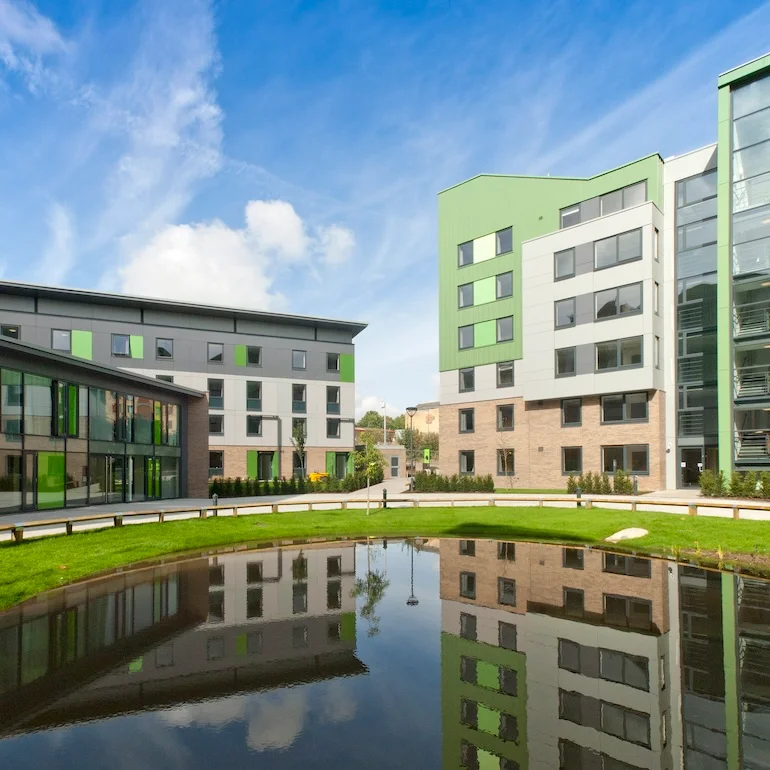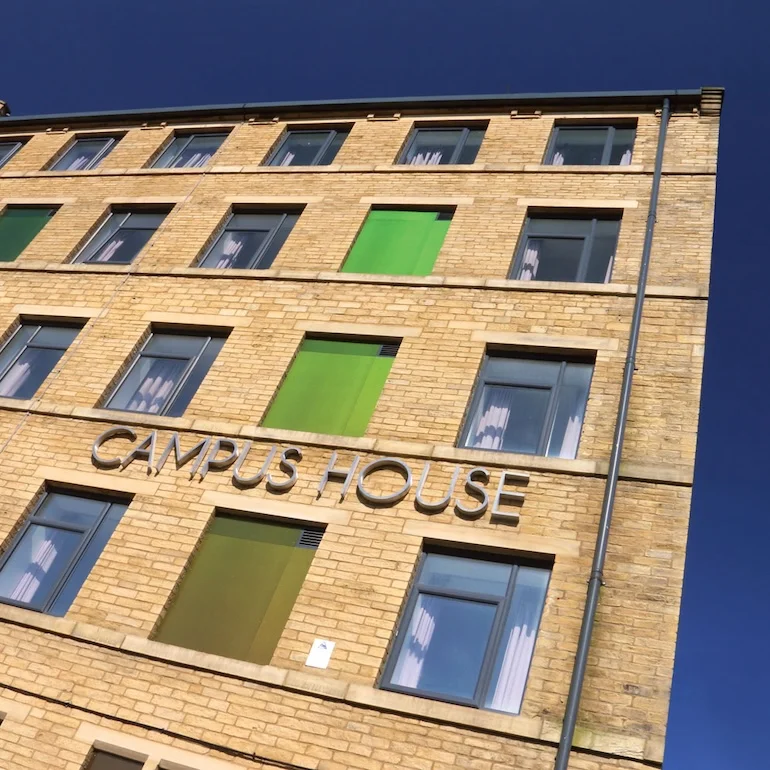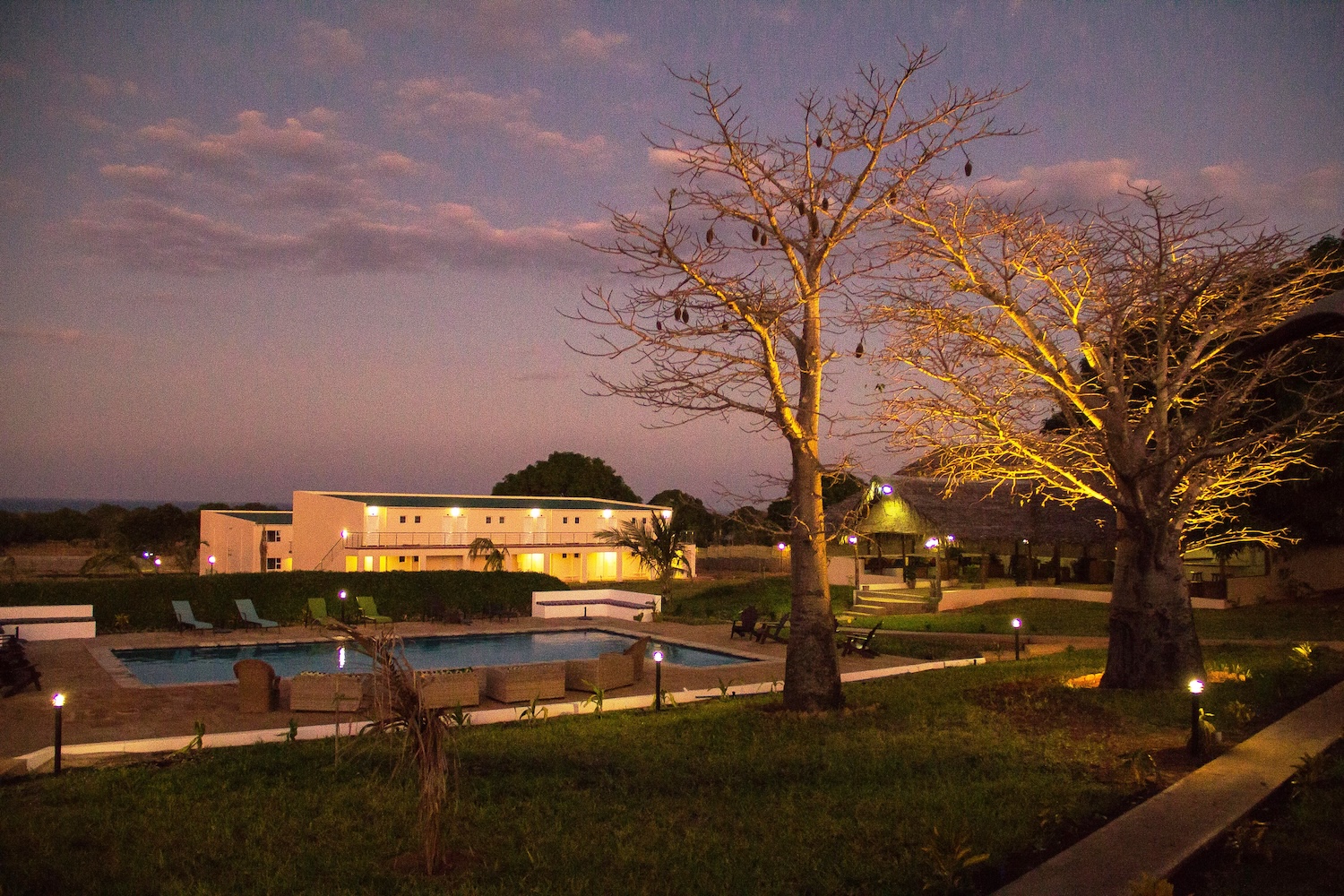Emerging Trends in Luxury Real Estate Development
In the face of rapid urbanization, cities around the world are evolving to meet the needs of growing populations. One of the most effective strategies for revitalizing urban spaces is mixed-use development. By integrating residential, commercial, and recreational spaces within a single area, mixed-use developments create vibrant, sustainable communities that enhance the quality of life for residents and businesses alike.
What Are Mixed-Use Developments?
Mixed-use developments are urban planning projects that combine different types of land uses, such as housing, offices, retail, entertainment, and public spaces, into a cohesive and walkable environment. These developments are designed to reduce the reliance on automobiles, promote economic activity, and foster a sense of community.
Benefits of Mixed-Use Developments
Enhanced Urban Connectivity
By integrating various functions within close proximity, mixed-use developments encourage walkability and reduce traffic congestion. Residents can work, shop, and socialize without relying heavily on cars, leading to more sustainable urban mobility.Economic Growth
These developments create business opportunities by increasing foot traffic for retail shops, restaurants, and local businesses. The mix of residential and commercial spaces ensures a steady stream of customers and job opportunities, boosting local economies.Sustainability and Environmental Benefits
By reducing the need for long commutes, mixed-use developments help lower carbon emissions and promote the use of public transportation. Green spaces and eco-friendly infrastructure further enhance environmental sustainability.Stronger Sense of Community
When people live, work, and socialize in the same neighborhood, they develop a deeper connection to their surroundings and neighbors. Public gathering spaces, parks, and cultural hubs encourage social interactions, fostering a vibrant community spirit.Efficient Land Use
Mixed-use developments make the most of available space by combining multiple functions within the same area. This approach helps combat urban sprawl and optimizes land use in high-demand urban centers.
Examples of Successful Mixed-Use Developments
Hudson Yards (New York City, USA) – A modern, high-end mixed-use project that includes residential units, office spaces, retail outlets, and cultural spaces.
The Pearl District (Portland, USA) – A former industrial area transformed into a thriving mixed-use community with housing, restaurants, art galleries, and public parks.
Dubai Marina (UAE) – A waterfront mixed-use development featuring residential towers, shopping malls, restaurants, and entertainment options, promoting a luxury urban lifestyle.
The Future of Mixed-Use Developments
As cities continue to grow, mixed-use developments will play a crucial role in shaping urban landscapes. The emphasis will be on smart city initiatives, sustainable architecture, and community-driven planning to create livable and resilient urban environments. With advancements in technology and design, future developments will further integrate green energy solutions, smart infrastructure, and enhanced public spaces to meet the needs of modern city dwellers.
Conclusion
Mixed-use developments are more than just an urban trend; they are a necessary evolution in city planning that fosters economic vitality, environmental sustainability, and stronger communities. As cities adapt to increasing population pressures and changing lifestyle demands, mixed-use projects will continue to be a key driver of urban revitalization. By embracing these developments, cities can create more inclusive, efficient, and vibrant spaces for everyone.




